Top 5 LEED Platinum-Certified Buildings in the US
The largest office projects to receive the designation in 2024 are located in these two cities.
This year marks the 25th anniversary of the launch of the LEED rating program by the U.S. Green Building Council. The green building system has seen consistent upgrades throughout this time and is currently at LEED v4. The USGBC announced that its newest iteration, LEED v5, is set to be released later this year. To honor the anniversary and stay true to our habit of delivering this LEED series, we’re bringing into spotlight five notable LEED Platinum office projects, certified or recertified across the U.S. in 2024.
Overall, 865 office projects were awarded a level of LEED certification in 2024, up by 51 from 2023, accounting for 267 million square feet combined. Yet, the number of LEED Platinum certifications dropped from 72 to 63, across 18.1 million square feet. Furthermore, 39 were project certifications and 24 recertifications. Sorting USGBC’s data by property type, award level and square footage, we have extracted some of the largest ones. Here is the list of the top five LEED Platinum-certified buildings in the U.S.
1. 71 South Wacker, Chicago
Chicago’s previously named Hyatt Center renewed its LEED Platinum certification in October 2024 with a scorecard of 81 points. Its first LEED Platinum certification was awarded in July 2019.
The 48-story, 1.7 million-square-foot office tower also renewed for the 17th year its ENERGY STAR certification (first one given in 2008), and also holds a Toby award, a BOMA 360 Performance Program designation and IREM Sustainable Property certification. Its transit score is a perfect 100, and the walking score is not far behind, at 97.
The asset has been under Irvine Co.’s ownership umbrella since 2010, sold by PSP Partners for $625 million. Current tenants at the tower include IBM, Colliers and Goldman Sachs, according to CommercialEdge data.
2. 540 West Madison, Chicago
Second largest in the list is another Chicago-based asset, 540 West Madison. The 31-story, 1.1 million-square-foot property received its fourth LEED Platinum certification in January 2024, with a scorecard of 86 points. The first three LEED Platinum awards were issued in 2009, 2014 and 2018.
The project also received ENERGY STAR ratings in 11 of the 21 years of its existence and holds a BOMA 360 Performance Program designation. Noteworthy features pertaining to sustainability include rainwater harvesting and rooftop bees. The rainwater harvesting system comprises three 1,000-gallon cistern tanks on the sixth floor and three 1,500-gallon cistern tanks on the garage level. The collected rainwater is used to irrigate the garden on the sixth floor and the plaza at the main entrance.
Meanwhile, on the 29th floor, the building has an apiary with roughly 150,000 bees. Their honey is bottled and passed out to tenants, visitors and students, and used in specialty drinks at the café located on the building’s ground floor. In 2013, Third Millenium Group acquired it from the Bank of America for $350 million and one year later it completely renovated the asset. Current tenants at the property include BMW, DRW, Evolent Health and SAC.
3. Market Center, San Francisco
Located in San Francisco, Market Center is a two-skyscraper complex comprising 555 and 575 Market Street in the metro’s Financial District. The group project spans across nearly 900,000 square feet and was recertified to the Platinum level in November 2024.
The assets’ sustainability features include automated control systems, LED lighting systems installed throughout the common areas, a real-time energy management platform that monitors energy use in five-minute intervals and building systems that optimize performance. In addition, low-flow fixtures help conserve water, and are used in combination with real-time water usage meters.
Air quality is ensured via air scrubbers. Mechanical systems increase the supply of outdoor air and continuously cycle fresh, filtered air throughout the buildings, while monitoring real-time air quality levels, measuring indicators such as carbon dioxide, particulate matter, VOCs, temperature and humidity.
Paramount Group acquired both buildings in 2019. The previous owner, EQ Office, had acquired them in 2016, and cosmetically renovated them a year later. Tenants include Waymo, Pacific Maritime Association, Amazon, the Honorary Consulate of Norway and Norcal Group.
4. One Sansome Street, San Francisco
Rising 42 stories high in San Francisco’s North Financial District, One Sansome Street has maintained LEED Platinum certification since 2014, when it became the first building in San Francisco to achieve LEED Platinum v4 certification. In April 2024, the 738,880-square-foot property was recertified to the LEED Platinum level with a scorecard of 80 points.
The office tower has a rare amenity in the city, as it is one of the few buildings in San Francisco where the BART station is directly accessible from the lobby. On the ground floor, One Sansome has nearly 16,000 square feet of hospitality and event space including a historic 8,000-square-foot atrium, fully restored in 2023. For 21 years since 2003, the project has been an Energy Star certified building.
Since 2010, One Sansome Street has been under Barker Pacific Group’s ownership. The firm is behind the sustainability upgrades and improving the LEED Gold award it held at the time of the purchase, to LEED Platinum in 2014, 2019 and 2024. Tenants at the property include Sotheby’s, Newmark, HIG Capital and Wish.
5. 560 Mission Street, San Francisco
The 31-story high-rise at 560 Mission Street in San Francisco’ South Financial District recertified its LEED Platinum designation in January 2024, with a scorecard of 81 points. The building has maintained its Platinum rating since 2010.
Owned by Hines, the asset was built in 2002 and encompasses 731,682 square feet of space with ground floor retail. The largest tenants in the building are J.P. Morgan and Ernst & Young. Recently, J.P. Morgan announced expanding its footprint in the building by another 60,000 square feet.
560 Mission is all electric, and since 2023 it has been 100 percent powered by renewable energy, produced at a solar installation atop the Sunset Reservoir in San Francisco and at a wind project in Mojave, Calif. The renewable electricity is purchased through a community choice energy program. Like 540 West Madison in Chicago, this San Francisco property also has two rooftop beehives.

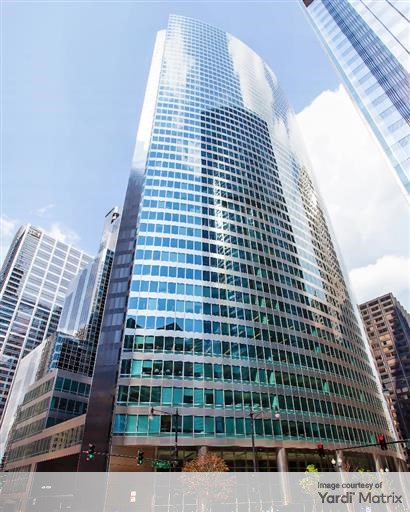
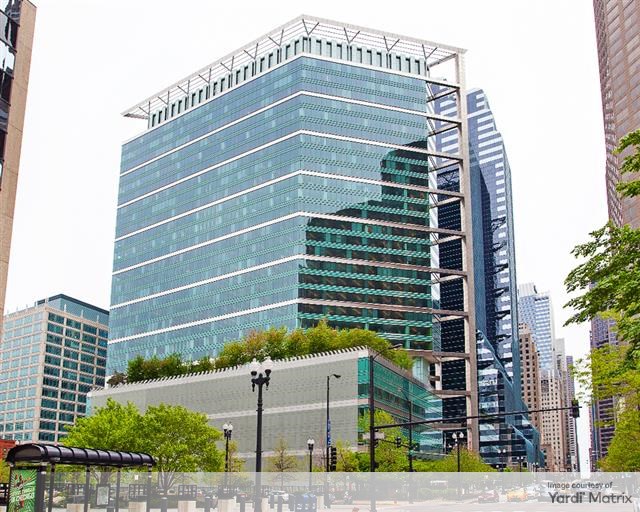
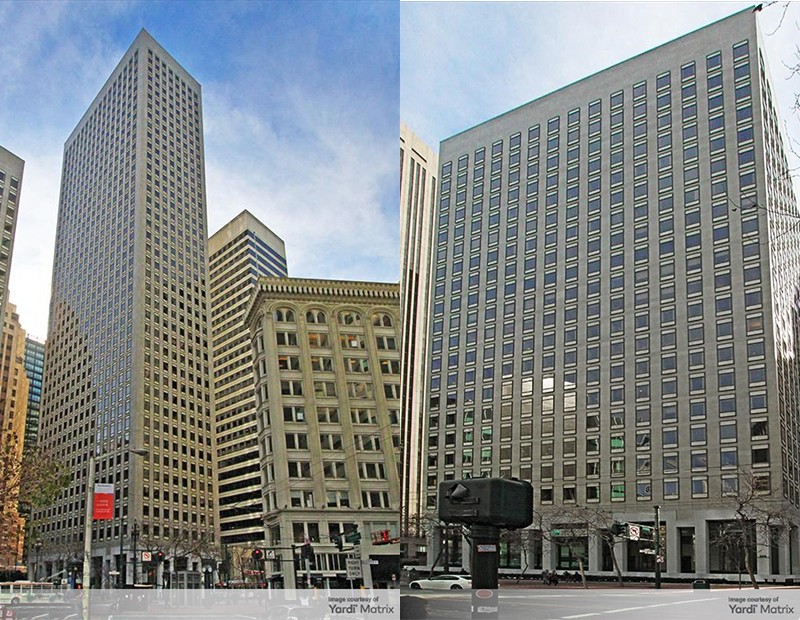
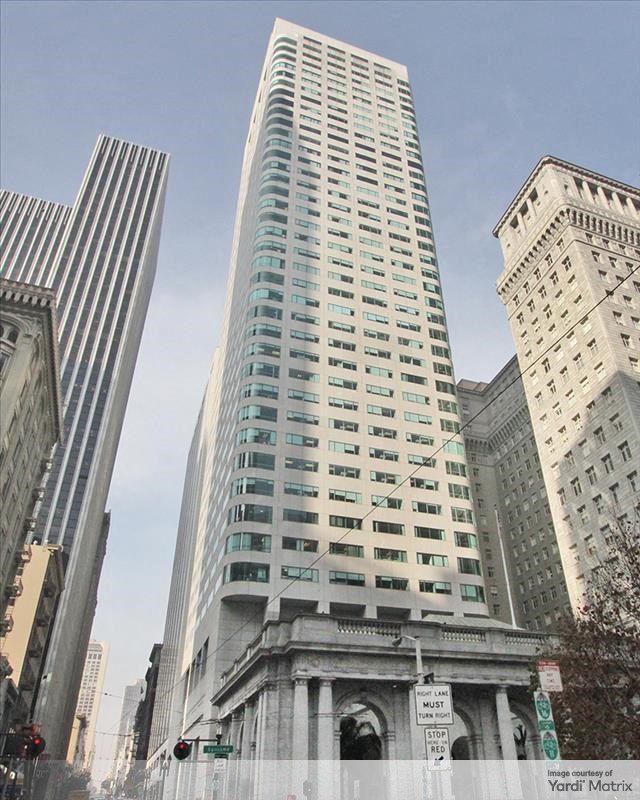
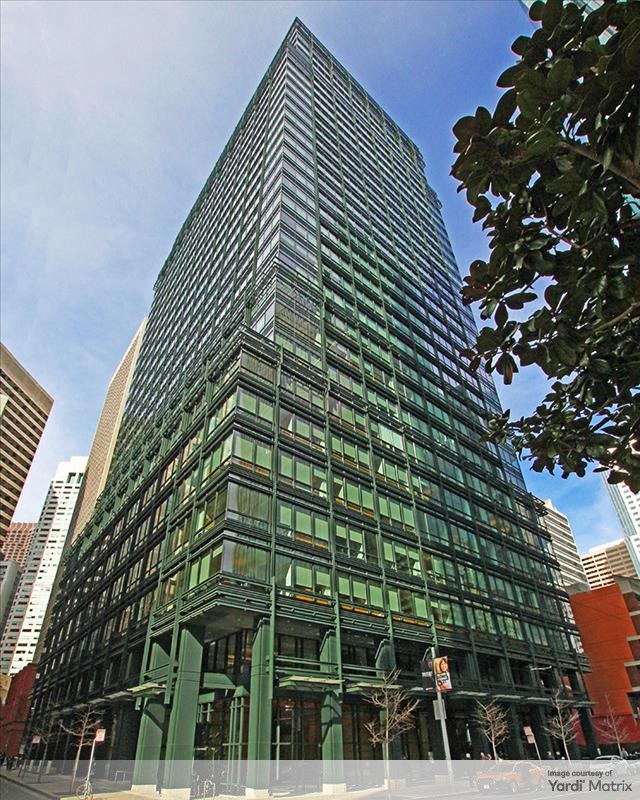
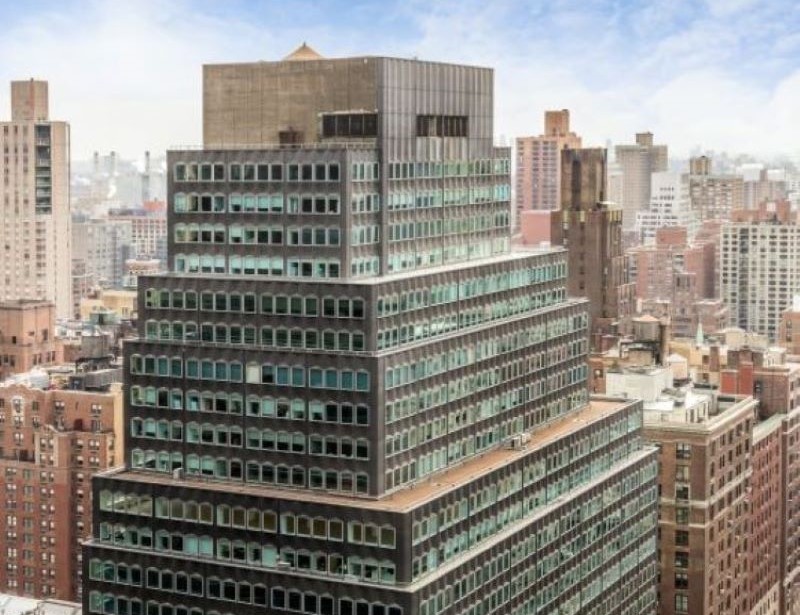





You must be logged in to post a comment.